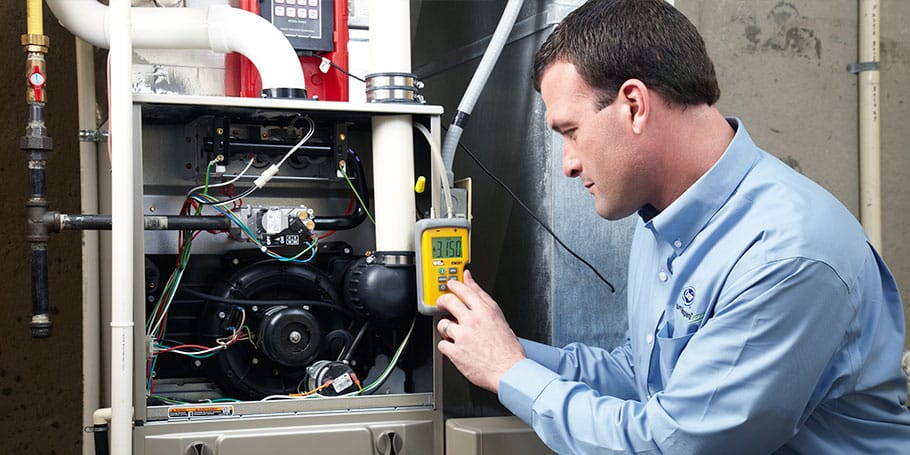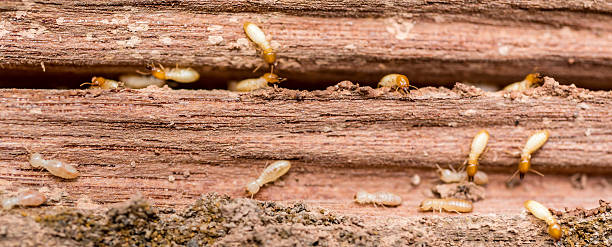Tapping into well water is a significant step toward self-sufficiency and sustainability. However, before you start digging, there are crucial aspects to consider to ensure a successful and safe well.
In this article, we’ll explore ten important things you need to know about well water, guiding you through the essential knowledge for a seamless well-digging experience.
Keep reading!
Table of contents
10 Important Things to Know About Well Water Before Digging
#1. Well Water Basics
Well water comes from underground aquifers, providing a decentralized water source. Unlike municipal water, well water is drawn directly from the ground, offering a more natural and potentially uncontaminated supply.
#2. Determining Well Depth
The depth of a well varies based on factors like geography and the water table. Professional well drillers assess local conditions to determine the appropriate depth for effective water extraction.
#3. Well Location Matters
Choosing the right location for your well is crucial. Factors such as geological conditions, proximity to potential contaminants, and adherence to local regulations all play a role in determining the ideal well site on your property.
Check out: How to Repair Small Appliances: Full Tips and Guidelines
#4. Well Water Contaminants
Well water may contain contaminants like bacteria, minerals, or chemicals. Regular testing by a certified laboratory is essential to identify potential issues. Treatment methods, such as filtration or chlorination, can then be applied based on the test results.
#5. Legal Requirements and Permits
Before digging a well, it’s important to check with local authorities for legal requirements and permits. Regulations regarding well construction, water rights, and environmental impact assessments vary by location and must be adhered to.
#6. Well Construction Standards
Professional well drillers follow specific construction standards to ensure the structural integrity and safety of the well. Understanding these standards helps in selecting a reputable driller and maintaining compliance.
See also: Painter’s Tape vs. Masking Tape: What’s the Difference?
#7. Well Maintenance
Regular maintenance is crucial for well longevity. This includes periodic well inspections, cleaning, and addressing any issues promptly. A well that is well-maintained ensures a continuous and reliable water supply.
#8. Water Flow Rate
Understanding the water flow rate of your well is essential for assessing its capacity to meet your water needs. This rate is influenced by the well’s diameter, depth, and the surrounding geological conditions.
#9. Potential for Arsenic and Radon
In some regions, well water may contain naturally occurring contaminants like arsenic and radon. Testing for these substances is crucial, and treatment measures can be implemented if necessary.
#10. Water Conservation Practices
Adopting water conservation practices helps in sustaining your well and the local aquifer. Being mindful of water usage, fixing leaks promptly, and practicing responsible irrigation contribute to the long-term health of your well.
See also: Ultimate Guide to Low-flow Toilets
How deep should a well be, and does the depth vary based on location?
The depth of a well can vary based on several factors, and it is influenced by the geological and hydrological conditions specific to each location. Here are key considerations regarding well depth:
Geography and Hydrogeology:
The geological composition of the area plays a significant role. In regions with porous soils or permeable rock formations, wells may need to be deeper to reach a sufficient aquifer.
Water Table Depth:
The water table is the underground level at which the ground is saturated with water. Well depth is often determined by the depth of the water table. In areas with a shallow water table, wells can be shallower, while deeper wells may be necessary in areas with a deeper water table.
Aquifer Characteristics:
Aquifers are underground formations that hold and transmit water. The depth of the well may be influenced by the characteristics of the aquifer, such as its depth, thickness, and water-yielding capacity.
Local Regulations:
Local regulations and guidelines may dictate the minimum and maximum depths for wells. These regulations are often in place to ensure sustainable water use and prevent interference with neighboring wells.
Drilling Technology:
Advances in drilling technology can impact well depth. Modern drilling techniques may allow for deeper wells to access water sources that were previously unreachable.
Water Quality Considerations:
The depth of the well can also affect water quality. Deeper wells may tap into deeper, confined aquifers that are less susceptible to surface contamination, potentially resulting in higher water quality.
Professional Assessment:
Consulting with a professional well driller or hydrogeologist is crucial. These experts can assess the specific conditions of the site, conduct geological surveys, and recommend an appropriate well depth based on local factors.
Check out: Top 24 inspirational sports movies of all Time
What are common contaminants in well water, and how can they be tested and treated?
Well water can potentially contain various contaminants that may affect its quality. Common contaminants include bacteria, minerals, chemicals, and other impurities. Testing and treatment are essential to ensure safe and clean well water. Here are some common contaminants and methods for testing and treatment:
Bacteria:
Testing: Bacterial contamination, such as coliform bacteria, can be detected through water testing. A bacterial water test is typically conducted by collecting a water sample and sending it to a certified laboratory for analysis.
Treatment: Chlorination is a common method for treating bacterial contamination. It involves adding chlorine to the well water to eliminate bacteria. UV treatment is another option, using ultraviolet light to disinfect the water.
Minerals (Hard Water):
Testing: Hard water, caused by high mineral content (calcium and magnesium), can be identified through a water hardness test. This test measures the concentration of these minerals in the water.
Treatment: Water softeners are commonly used to treat hard water. These devices remove or neutralize minerals, preventing issues like scale buildup in pipes and appliances.
See also: What Is PU Leather, and Is It the Real Deal?
Nitrates:
Testing: Nitrates, often from agricultural runoff, can contaminate well water. Testing involves collecting a water sample and analyzing it for nitrate levels.
Treatment: Reverse osmosis or ion exchange systems are effective in reducing nitrate levels. Regular testing is crucial, especially for households with infants, as high nitrate levels can pose health risks.
Arsenic:
Testing: Arsenic is a naturally occurring contaminant that can be detected through water testing. A laboratory analysis of a water sample is required.
Treatment: Treatment methods for arsenic include activated alumina adsorption, ion exchange, and reverse osmosis. The choice of treatment depends on the concentration of arsenic and other factors.
Iron and Manganese:
Testing: Iron and manganese levels in well water can be determined through water testing. High levels can lead to staining of fixtures and an unpleasant taste.
Treatment: Water softeners, oxidizing filters, and aeration systems are commonly used to treat iron and manganese in well water.
See also: How to Use a Coping Saw
Volatile Organic Compounds (VOCs):
Testing: VOCs, often from industrial or agricultural activities, can be identified through water testing. Laboratory analysis is required to detect specific VOCs.
Treatment: Activated carbon filters, air stripping, and certain types of membrane filtration systems can be effective in reducing VOC concentrations.
It’s crucial to conduct regular water testing, especially when there are changes in well water quality or if there are known sources of contamination nearby. Professional testing services can provide accurate results, and treatment methods should be selected based on the specific contaminants present in the water. Consulting with a water treatment professional is recommended for tailored solutions.
Check out: How Selling a House Works | What to Know Before Selling
Conclusion
Digging a well is a significant undertaking that requires careful consideration of various factors. Understanding the basics, from well depths to water quality testing, is essential for a successful and sustainable well.
By arming yourself with knowledge and seeking professional guidance, you can ensure that your well provides a reliable and safe source of water for years to come.
Read also: How Smart Windows Work in Homes
Frequently Asked Questions
Well water is groundwater accessed through a well. Unlike water supplied by municipal sources, well water comes directly from underground aquifers, providing a natural and often uncontaminated water source.
Selecting a suitable location is crucial. It’s advisable to consult with a professional well driller who considers factors like geology, proximity to potential contaminants, and local regulations to determine the best well site on your property.
Yes, legal requirements and permits often vary by location. Before digging a well, it’s essential to check with local authorities to understand any regulations, obtain necessary permits, and ensure compliance with well construction standards.
References
- peforhire.com– How to Dig well water
- home.howstuffworks.com- all you should know before you dig a well
- quora.com– How to Dig well water- all you should know




